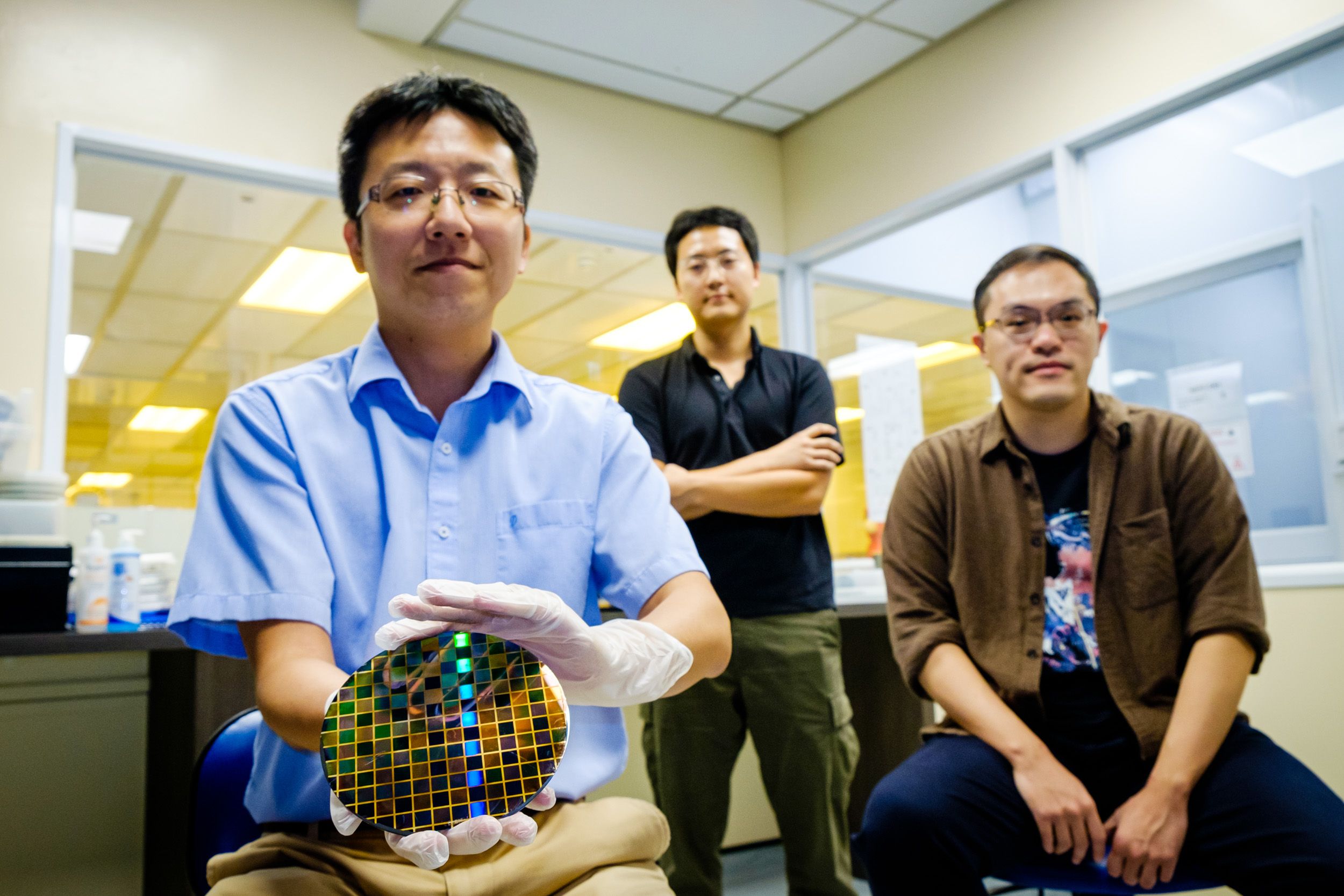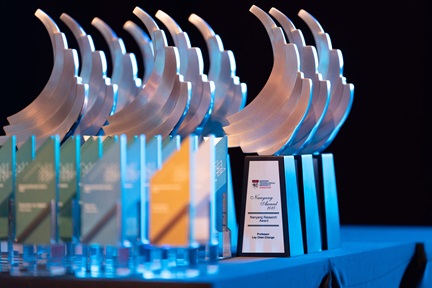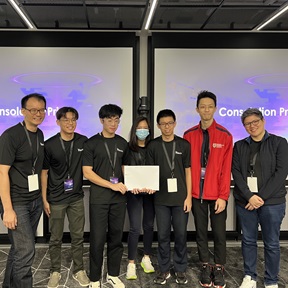Precisely fabricating powerful electronics

Semiconductor nanostructures such as nanowires have opened the door to the next generation of electronic and photonic devices.
These nanostructures are typically fabricated using techniques such as lithography. However, chemicals used in these processes may cause defects in the product, significantly limiting the use of the nanostructures in real-world applications.
Now, researchers co-led by Asst Prof Kim Munho of NTU’s School of Electrical and Electronic Engineering have developed a method to fabricate nanostructures efficiently and uniformly. Called chemical-free nanotransfer printing, this technique enables fabrication of nanostructures without the use of harsh chemicals.
The scientists first prepared a mould with nanopatterns and coated it with metal. They then pressed the mould onto a silicon wafer at a pressure of five bar and heated it at 160 degrees Celsius for five minutes. Using the mould like a rubber stamp, the scientists demonstrated that they could directly produce the nanopatterns on the silicon wafer.
The researchers also showed that the technique can be combined with a manufacturing process called metal-assisted chemical etching to precisely fabricate 100 nanosized high-performance light sensors on a silicon wafer.
“We hope that this breakthrough can solve the critical bottlenecks of scalability, uniformity, controllability and reproducibility in the manufacture of nanostructures used in electronic devices,” says Asst Prof Kim.
The article appeared first in NTU's research & innovation magazine Pushing Frontiers (issue #21, December 2022).




.tmb-listing.jpeg?Culture=en&sfvrsn=f86625c4_1)


